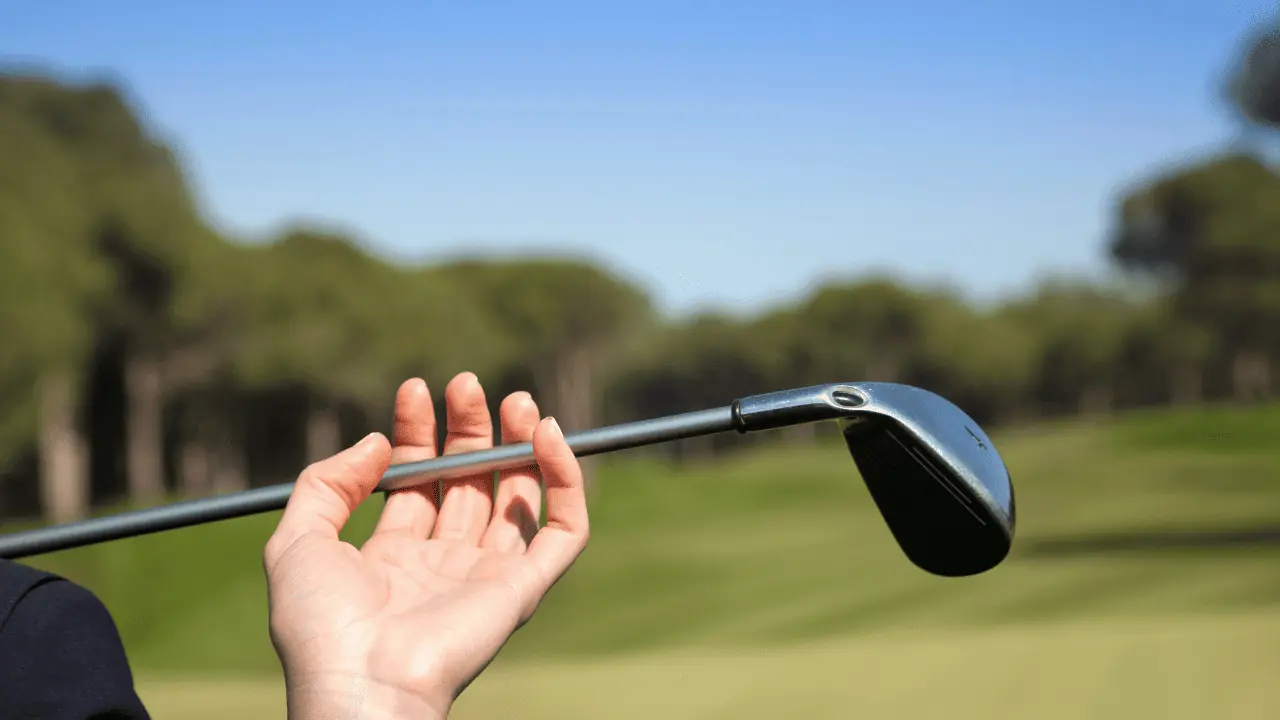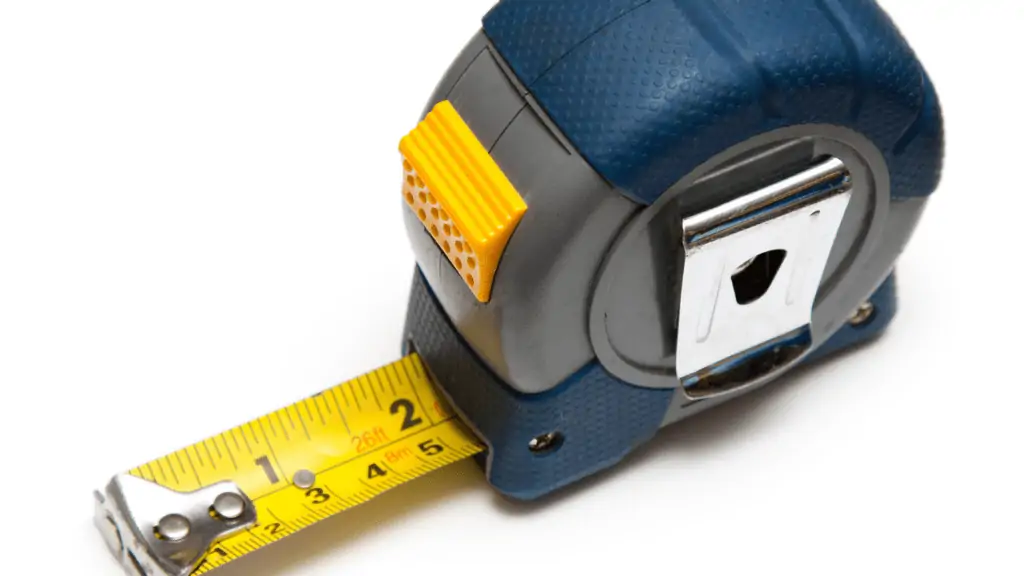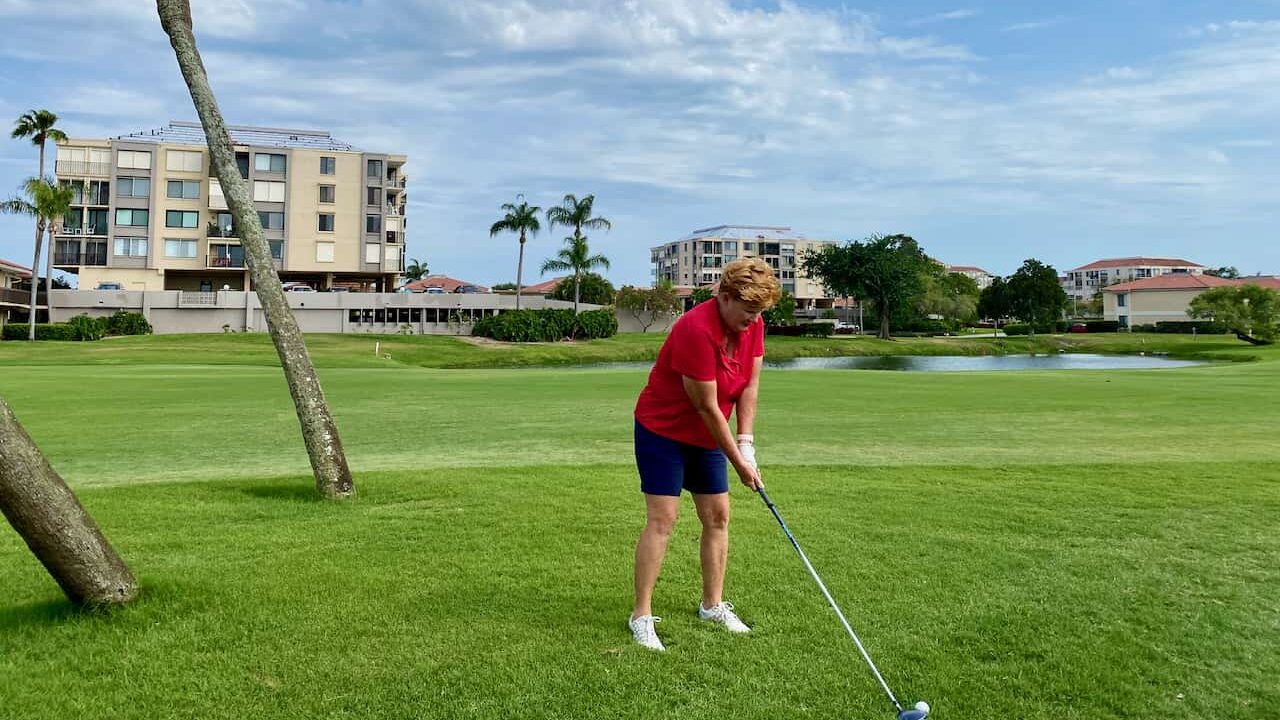Table of Contents
Golf club length is less discussed than the game improvement technology manufacturers dedicate their time and resources to. While we tend to focus on purchasing new training tools and other golf gadgets, the golf club length can sometimes be the issue on why you can’t hit the ball as desired.
By the end of this article, you will know why longer shafts increase clubhead speed and reduce control. Plus, I explain why shorter golf shafts are easier to handle and square up at contact for straighter golf shots.
The Standard Iron Length and Average Driver Shaft Length
Before I take you through the impact of a long or short shaft on your shots, you best understand the average length of each golf club. The longest club in your bag is a driver, which typically measures 45 inches long. Conversely, the shortest is your lob wedge, stretching an average of 35.25 inches.
Below I have provided a detailed chart providing the average length of your wood shafts and irons shafts.
🏌️♂️ Woods and Hybrids Shaft Length
| Golf Club | Graphite Shaft Length (in) |
|---|---|
| Driver | 45 |
| 3 Wood | 43 |
| 5 Wood | 42 |
| 7 Wood | 41 |
| Hybrid 17° | 40.75 |
| Hybrid 19° | 40.5 |
| Hybrid 22° | 40 |
| Hybrid 25° | 39.25 |
| Hybrid 28° | 39 |

⛳️ Irons and Wedges Shaft Length
| Golf Club | Steel Shaft Length (in) |
|---|---|
| 3 Iron | 38.75 |
| 4 Iron | 38.25 |
| 5 Iron | 37.75 |
| 6 Iron | 37.25 |
| 7 Iron | 36.75 |
| 8 Iron | 36.25 |
| 9 Iron | 35.75 |
| Pitching Wedge | 35.5 |
| Gap Wedge | 35.5 |
| Sand Wedge | 35.25 |
| Lob Wedge | 35.25 |
Importance of the Correct Golf Club Length
Swinging the correct golf club length is vital for optimizing clubhead speed and clubface control for consistent ball striking. When the shaft is too long for your stature, it can help you accelerate clubhead speed on the downswing. However, it relinquishes your control and ability to square the clubface at impact.
Conversely, a shorter golf club is easier to handle and square at contact, resulting in a consistent strike, launch, and distance. However, the reduced length slows down your swing speed, which reduces your energy transfer at impact and costs you a few yards.
Distance aside, the correct golf club length is essential to deliver greater accuracy from tee to green. The longer shaft is fast flying and challenging to reign in leading into impact, enhancing your risk of leaving the clubface open or excessively closed at impact.
Why Golf Club Length Matters

Golf club length matters because the incorrect shaft length can cause erratic launch, flight, carry distance, and accuracy. An excessively long shaft will accelerate your swing speed but render the club challenging to control.
As a result, you may lose power into impact and leave your clubface open, resulting in a weak shot that veers right. Conversely, a shorter shaft is easier to handle, delivering enhanced energy transfer, a clean strike, and a square clubface at contact leading to improved accuracy.
However, the club head speed loss with a shorter shaft leaves you at risk of losing long game distance.
Why Is Fitting for Shaft Length Important?
A custom fitting for shaft length is important to ensure you are swinging the optimal design for your build and swing. While purchasing standard-length clubs off the shelf at your local golf retail store is convenient, the setup may be incorrect for your game, causing endless accuracy and distance problems.
Visiting a club-fitter sooner rather than later starts you off on the correct foot, ensuring your equipment is specifically designed for your game. Without the necessary tools, you will struggle to improve and continue to make life frustrating for yourself.
In addition to identifying the correct shaft length for you, a club fitter will alter other parts of the club to complement the reduced length. They also determine which swing weight, loft, and lie angles are best suited to producing a consistent launch and accurate shots.
📏 How to Measure Golf Club Length 📏

You determine your optimal golf club length by conducting a wrist-to-floor measurement. Leave your arms hanging straight alongside your body, and have a buddy grab a measuring tape to calculate the distance from the first crease on your left wrist to the floor.
Note the length, then refer to the Ping Iron Fitting Chart to see where you fit.
Example:
I am 5 ft 8, and my wrist-to-floor measurement is 33 inches. As a result, I am best suited to playing standard length golf clubs with a 2 degree flat lie angle. However, if I were 6 foot 6 and my wrist-to-floor measurement was 36 inches, I would be better off with a 1.5 inch longer shaft and a 1 degree flat lie clubface angle. 🏌️♂️
Using a measuring tape, you can save a lot of time and hassle by getting the correct golf club length for height from the start. So here’s a quick summary chart below for drivers and irons.
Driver Shaft Length by Height Chart
| Average Height | Wrist To Floor | Driver Shaft Length (Inches) |
|---|---|---|
| 6’6” > | >41” | 47.25” |
| 6’4” – 6’6” | 40” – 41” | 46.75” |
| 6’2” – 6’4” | 38.5” – 40” | 46.25” |
| 6’1” – 6’2” | 37” – 38.5” | 46.00” |
| 5’7” – 6’1” | 34” – 37” | 45.75” |
| 5’4” – 5’7” | 32” – 34” | 45.5” |
| 5’2” – 5’4” | 29” – 34” | 45.00” |
| 5’0” – 5’2” | 27” – 29” | 44.5” |
| 4’10” – 5’0” | 25” – 27” | 44.0” |
| < 4’10” | < 25” | 43.0” |
Iron Shaft Length by Height Chart
| Height | Wrist To Floor | Desired Length |
|---|---|---|
| 6’7” > | >42” | 2” |
| 6’6” – 6’7” | 41” – 42” | 1.5” |
| 6’4” – 6’6” | 40” – 41” | 1” |
| 6’2” – 6’4” | 38.5” – 40” | ½” |
| 5’7” – 6’1” | 34” – 37” | Standard |
| 5’4” – 5’7” | 32” – 34” | ¼“ |
| 5’2” – 5’4” | 29” – 34” | ½“ |
| 5’0” – 5’2” | 27” – 29” | 1“ |
| 4’10” – 5’0” | 25” – 27” | 1 ½ “ |
| < 4’10” | < 25” | 2” |
Should Golf Club Fitting Be the Same Process for Ladies?
Yes, the fitting process is the same for ladies, except the standard length golf clubs are generally an inch shorter than men’s clubs. Therefore, the only factor that changes is the regular length of the clubs.
Example:
The standard length of a ladies driver is 44 inches. Therefore, ladies who are 6 foot 2 to 6 foot 4 should add an extra ½ inch to their current setup, resulting in a 44.5 inch driver shaft. ⛳️
Frequently Asked Questions
What is the standard length of a men’s 7 iron?
The standard length of a men’s 7 iron is 37 inches. A steel shafted 7-iron typically extends 36.75 inches, while a graphite shaft reaches 27.25 inches. When you average out these lengths, it equates to a standard club length of 37 inches.
How do you know if your golf clubs are too short?
An upright swing, club head speed loss, and a hunched-over posture are three signs your clubs are too short. You can also confirm your suspicions by conducting a static wrist-to-floor measurement and identifying whether your shafts are too short for your wrist-to-floor length.
Do shorter men need shorter golf clubs?
For optimal results, shorter men need shorter golf clubs to account for their posture and swing arch. However, it is also a matter of personal preference, as some shorter golfers prefer longer clubs to prevent hunching over. Conversely, taller golfers may prefer shorter clubs to avoid standing excessively upright.
How do you know if golf clubs are too long?
The best way to know if your golf clubs are too long is with a golf club fitting. Some of the common signs include measurements that don’t align with Shaft Length by Height Chart, upright posture, hitting off the toe of the club, and ball flight inconsistency.
Final Thoughts on the Importance of Golf Club Length
Our review on how golf club length impacts your swing highlighted the impact on clubhead speed and clubface control. When your golf club shafts are too long for your swing, you may generate increased velocity but lose control of the club. As a result, you are likely to produce erratic, wayward shots.
Conversely, shorter than standard length clubs are more comfortable for the average golfer to control. The result is a square clubface at impact and a cleaner strike. However, the reduced length costs you swing velocity on the downswing, which can hamper your energy transfer and distance.

